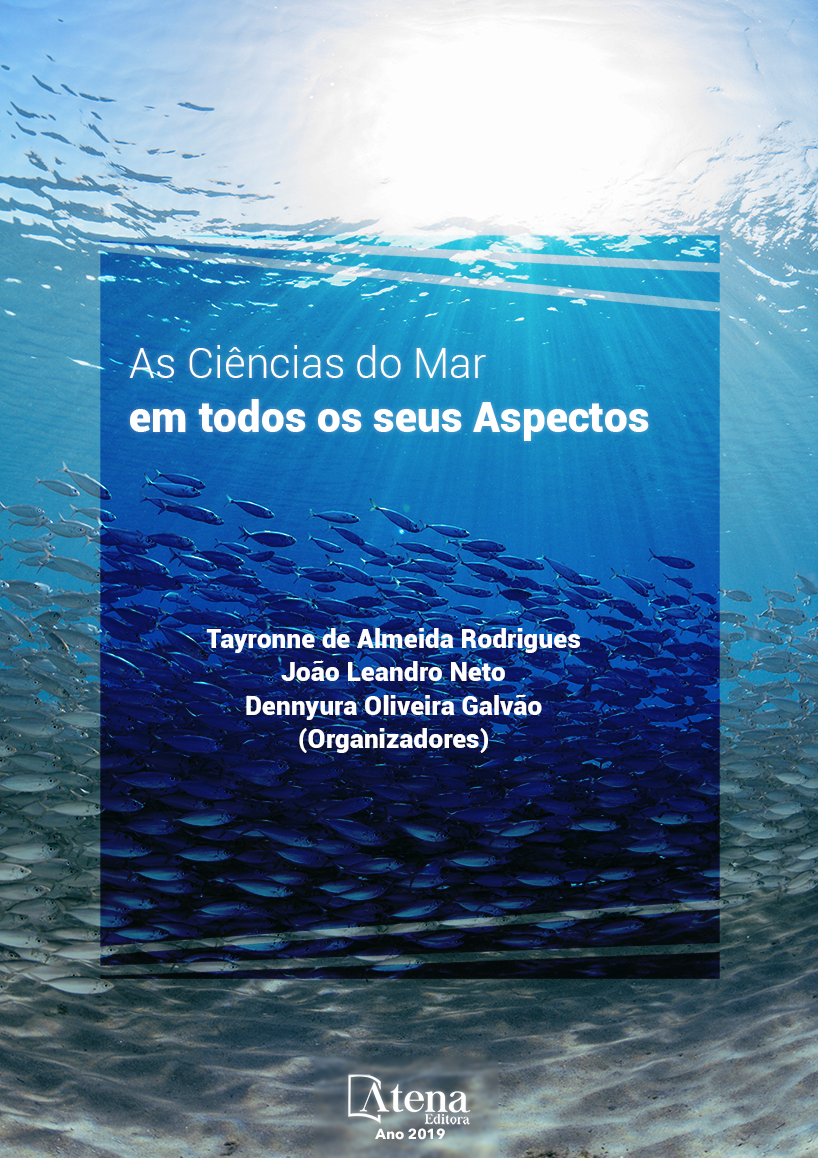
: INVESTIGANDO OS INVERTEBRADOS DA PLANÍCIE DE MARÉ DA PRAIA DO FORTE (NATAL, RIO GRANDE DO NORTE) PARA AULAS DE CAMPO EM ZOOLOGIA E EDUCAÇÃO AMBIENTAL
A planície de maré é composta por
depósitos de sedimentos marinhos submersos
regularmente pelas marés e constituem áreas
de transição ou ecótonos entre o mar e o
ambiente terrestre. O presente estudo investigou
a diversidade de invertebrados conspícuos
presentes na planície de maré da praia do Forte
(Natal (RN), a fim de caracterizar as ferramentas
de ação que possibilitem o ensino em Zoologia
com interface na Educação Ambiental. Foram
observadas espécies pertencentes aos táxons
Cnidaria, Mollusca, Crustacea e Polychaeta.
São propostas questões para discussão
relacionadas à ecologia desses grupos e sua
inter-relação com as atividades antropogênicas.
: INVESTIGANDO OS INVERTEBRADOS DA PLANÍCIE DE MARÉ DA PRAIA DO FORTE (NATAL, RIO GRANDE DO NORTE) PARA AULAS DE CAMPO EM ZOOLOGIA E EDUCAÇÃO AMBIENTAL
-
DOI: 10.22533/at.ed.481190907412
-
Palavras-chave: entre marés, sustentabilidade, biodiversidade, direito ambiental
-
Keywords: intertidal, sustainability, biodiversity, environmental law
-
Abstract:
The tidal plain or tidal flat is made
up of deposits of marine sediments that are
regularly exposed and submerged by tides and
constitute transitional area or ecotone between
the sea and the terrestrial environment. The
present study investigated the diversity of
conspicuous invertebrates present in the tidal
plain of Praia do Forte (Natal (Rio Grande do
Norte state, Brazil) in order to characterize the
educational tools that enables the teaching of
Zoology interfacing with topics in Environmental
Education. Species belonging to the taxa
Cnidaria, Mollusca, Crustacea and Polychaeta
are reported. Questions are proposed for
discussion regarding the ecology of these
groups and their interrelation with anthropogenic
activities.
-
Número de páginas: 15
- Elinei Araújo-de-Almeida
- Roberto Lima Santos


